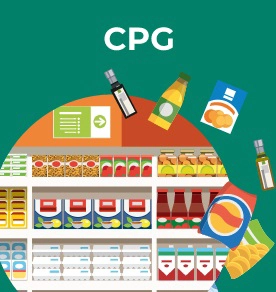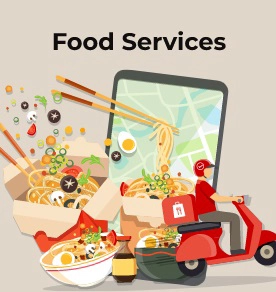 In an exclusive interaction with Chef Adwait Anantwar, Chef Partner at the popular restaurant INJA from Atelier House Hospitality talks about creating uniqueness and creativity in his restaurant.
In an exclusive interaction with Chef Adwait Anantwar, Chef Partner at the popular restaurant INJA from Atelier House Hospitality talks about creating uniqueness and creativity in his restaurant. Running a restaurant is never easy, regardless of location, and the challenges are often similar worldwide.
Running a restaurant is never easy, regardless of location, and the challenges are often similar worldwide. West Bengal has received investment proposals worth INR 2000 crore in the food processing sector.
West Bengal has received investment proposals worth INR 2000 crore in the food processing sector. This growth in the F&B sector will not only cater to the increasing number of visitors but also enhance the overall appeal of Jaipur as a vibrant and dynamic tourist destination.
This growth in the F&B sector will not only cater to the increasing number of visitors but also enhance the overall appeal of Jaipur as a vibrant and dynamic tourist destination. Restaurants in India should actively participate in government subsidy schemes as these can significantly reduce operating costs by lowering expenses on essential items like ingredients and utilities.
Restaurants in India should actively participate in government subsidy schemes as these can significantly reduce operating costs by lowering expenses on essential items like ingredients and utilities. According to reports, 1,400 new restaurants have opened in the city over the past six years, cutting across various price points and formats.
According to reports, 1,400 new restaurants have opened in the city over the past six years, cutting across various price points and formats. A recent Nielsen study revealed that 73% of Gen Z respondents consider sustainability when making purchasing decisions, and 69% are willing to pay more for ethically sourced products.
A recent Nielsen study revealed that 73% of Gen Z respondents consider sustainability when making purchasing decisions, and 69% are willing to pay more for ethically sourced products. Craft tonic waters, with unique flavors such as elderflower, cucumber, and citrus, have played a crucial role in reshaping the tonic water landscape.
Craft tonic waters, with unique flavors such as elderflower, cucumber, and citrus, have played a crucial role in reshaping the tonic water landscape. Local, seasonal menus always attract customers' as it is believed that local, seasonal ingredients have a lower carbon footprint, as they require less fuel and energy to transport and store.
Local, seasonal menus always attract customers' as it is believed that local, seasonal ingredients have a lower carbon footprint, as they require less fuel and energy to transport and store. Determined even without a godfather in the F&B industry, he started Oye Kake in 2011 to fill the void of a proper regional Punjabi food chain in Mumbai.
Determined even without a godfather in the F&B industry, he started Oye Kake in 2011 to fill the void of a proper regional Punjabi food chain in Mumbai. As legal battles persist and industry perspectives differ, consumers should be educated about their rights and choices.
As legal battles persist and industry perspectives differ, consumers should be educated about their rights and choices. "We collect comment cards from our customers on a regular basis in order to stay in touch with the pulse of our clients and take their feedback very seriously."
"We collect comment cards from our customers on a regular basis in order to stay in touch with the pulse of our clients and take their feedback very seriously."




